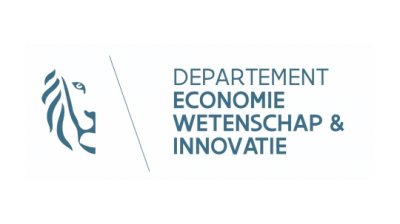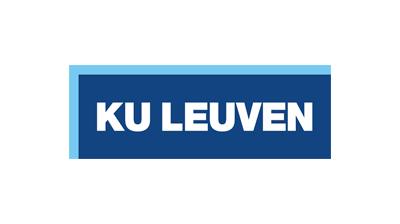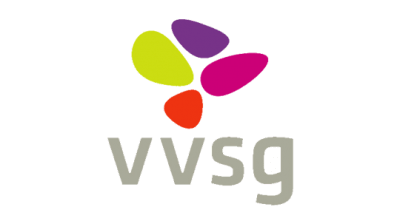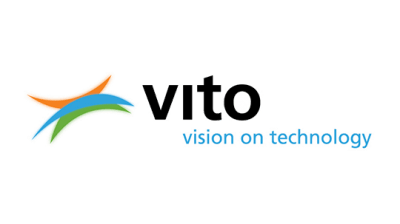Project Nekton – Light as a service
Improve corporate sustainability with Project Nekton's adaptive lighting solutions
Project Nekton offers sustainable lighting solutions that enhance the well-being, profitability, and efficiency of businesses while reducing their ecological footprint. Project Nekton achieves this by utilizing intelligent, sustainable lighting that saves energy, optimizes the work environment, and adapts to the needs of each enterprise.
Approximately 12% of the world's annual energy consumption is attributed to lighting. Therefore, it is important that this energy is utilized as sustainably and efficiently as possible while keeping costs in check. Project Nekton's lighting adjusts to the environment and the amount of available daylight, thereby keeping energy consumption minimal and reducing the user's ecological footprint.
Light as a Service is one of the ways Project Nekton offers sustainable, circular lighting. This financing can run for 5, 7, or 10 years and can be extended for an additional 5 years thereafter. This turnkey solution includes design, financing, installation, and proactive maintenance, resulting in significant energy savings. Project Nekton can demonstrate these savings thanks to real-time usage data accessible via the energy dashboard. At the end of the contract, the user takes over the installation or Project Nekton arranges for repurposing.
What are the benefits for buyers?
- Cost Savings: Transitioning to the light-as-a-service model means reduced initial investments and predictable, manageable monthly costs for the buyer.
- Enhanced Sustainability: The circular approach minimizes the use of new materials, promotes reusability, and optimizes resources, enabling the buyer to achieve their sustainability goals.
- Improved Performance and Reliability: Solutions focus on energy efficiency and long-term performance, resulting in reduced maintenance costs and improved operational efficiency for the buyer.
- Future-proofing: The service model allows seamless upgrades and adjustments, ensuring the buyer's lighting infrastructure remains up-to-date without significant additional investments.
Explanation of applied strategies
- A holistic approach to lighting design with a circular vision increases the repairability and recyclability of materials.
- Intelligent control optimizes light usage based on the environment, enhancing comfort, extending material lifespan, and providing flexible scalability.
- The end-of-life service is an integral part of the holistic approach, considering reuse, refurbishment, or recycling of the lighting infrastructure at the end of its lifespan.
Sectors Office Furnishings Infrastructure Lighting
Ambitions


















